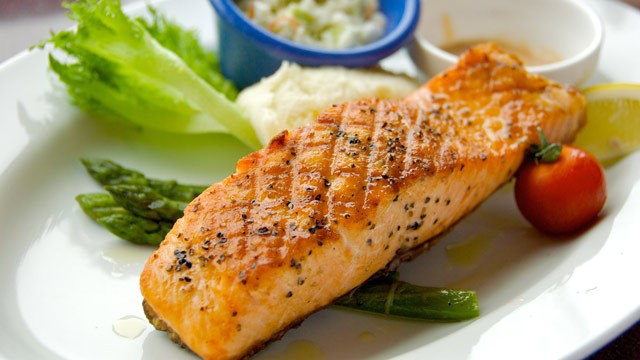By Vera Viner
If your family history includes breast cancer, you may want to be very diligent in preventing the disease for the sake of your own health. While some so-called experts may not mention any prevention strategies and only push forward early diagnosis tactics, the Breast Health and Healing Foundation is dedicated to determining the causes of breast cancer and preventing this disease.

On its website, the Mayo Clinic provides key advice on how to prevent breast cancer. The first step is to limit the amount of alcohol you consume on a regular basis. You should be consuming no more than one drink per day of alcohol regardless of whether it is wine, champagne, beer, or liquor.

New evidence has shown that there may be a link between smoking cigarettes and breast cancer rates. And, of course, smoking significantly raises your risk of lung cancer. Staying away from these cancer-causing sticks can be one of the best things you will ever do for your health.
In addition, it is vital to keep your weight at healthy levels. Obese women are much more likely to be diagnosed with breast cancer, especially after menopause. Make sure to keep track of your weight regardless of your age. This will keep you healthier and reduce your risk of breast cancer.
Another hugely important area to focus on is exercise or physical activity. This will allow you to control your weight and, in turn, prevent cancer. The Department of Health and Human Services (HHS) recommends for adults to get at least 150 minutes of moderate physical activity every week as well as take part in strength training at least twice per week.

In addition, research shows that women who breastfed their young are less likely to be diagnosed with breast cancer later in life. Another step in our breast cancer prevention journey is to avoid hormone replacement therapy (HRT). The World Health Organization has determined that HRT is harmful for women and raises breast cancer risk. Additionally, it is important to avoid environmental pollutants and radiation exposure. Both of these entities can increase your chances of contracting cancer.
A healthy, plant-based diet can also help boost your health and potentially prevent some types of cancers. For example, the publication Newswisereported on a study that focused on the evidence linking vitamin D to breast cancer prevention.

“In recent years, the scientific evidence linking vitamin D to breast cancer has grown notably. Several systematic reviews including randomized clinical trials have recently focused on vitamin D and health outcomes. However, so far, no systematic review has specifically addressed the role of vitamin D supplementation in breast cancer prevention,” Professor Antonio Giordano, a renowned oncologist, told the news source. “New trials specifically tailored on the vitamin D-cancer- binomious are in progress and should provide additional information in a few years’ time.”
Following these steps toward breast cancer prevention will be important in improving your quality of life, especially if you have family members who were diagnosed with breast cancer. By using these strategies, you’ll be that much more likely to lead a long happy and healthy life.
